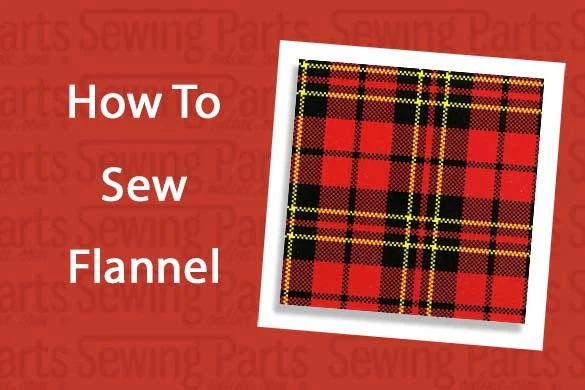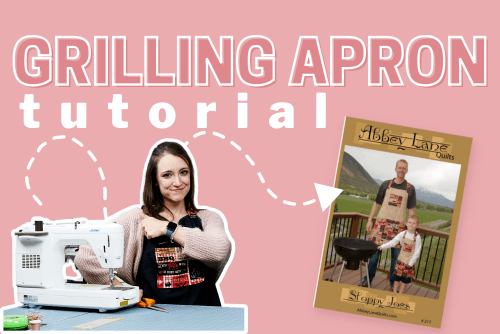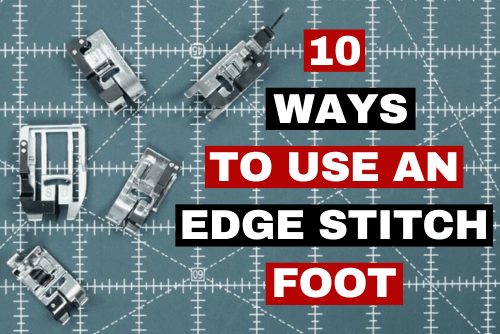Tips and Tricks for Sewing Flannel Fabric

Flannel, Flannel, Flannel...
You can sew so many great projects using Flannel Fabric. It's soft, warm, and surprisingly strong. However, it's also deceptively tricky to sew. I say deceptively tricky because way back when I was learning to sew, I thought sewing flannel would be as easy as sewing any medium-weight cotton fabric.
I was wrong.
When I sew Flannel, I spend the majority of my time prepping the fabric. First, I always buy more than the pattern calls for; at least an extra half yard. You need the extra yardage because flannel shrinks a lot, frays a lot, and usually comes in a plaid pattern.
Make sure to pre-wash and dry your flannel before you start cutting. I like to serge my raw edges before washing to prevent excessive fraying. If you don't have a serger, zig-zag stitch your edges.
Next, you need to lightly starch the wrong side of your flannel to prevent the fabric from warping. I swear by Best Press. When ironing, remember to lift and press. If you "push" the fabric while setting the starch, your fabric will warp off grain.
Speaking of grain...
Just like any fabric, you want to make sure you're cutting on grain. However, since Flannel often comes in plaid, you may find this to be particularly challenging. If your plaid is a truly woven plaid, following the lines will usually get you right on grain. If your plaid is "printed" on the flannel, the lines will likely not be exactly on grain.
All this prep work makes Flannel seem "high maintenance", but this prep work makes the actual sewing easy. The rest is just making sure you have the correct supplies.
You'll need a 100/16 Universal Needle. Why such a large needle? Flannel wears a needle down quickly, so you'll get more sewing hours out of a size 100/16. For thinner Flannel, you can get away with a 90/14 Universal Needle. A Straight Stitch Foot or General Purpose Foot should work just fine, but if your feed dogs are struggling, switch to a Walking Foot.
You can use a regular straight stitch to construct your seams. I recommend increasing your stitch length to around a 3.0mm and decreasing your tension slightly. Also, when sewing multiple layers of Flannel, you may benefit from reducing your presser foot pressure dial a smidge.
I've found All Purpose Polyester Thread to be best for Flannel due to its strength and give. However, you can use 100% cotton thread if you prefer to match fibers.
To finish your seams, a serger/overlock machine works best. If you don't have an overlocker, you can use an Overcast Stitch or a Zig-Zag Stitch with Fray Check. For a truly tailored and neat finish, opt for French Seams or Flat Felled Seams.
I hope this helps you more easily sew Flannel. If you have any comments or questions, be sure to leave them in the comment section below. Happy Sewing!







